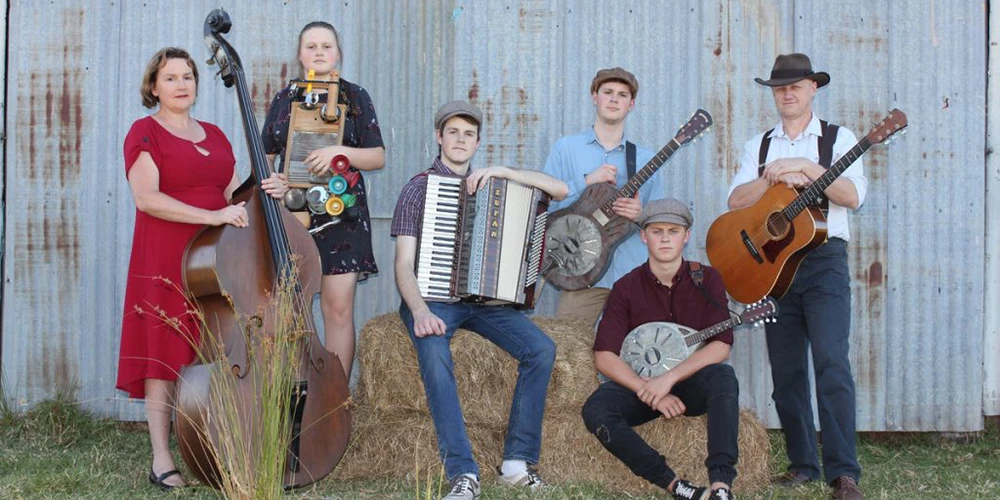The music of Australia has played a major role in the development of the nation.
Australians have a great love of music. From the earliest years as a convict nation through to today, when many of the sons and daughters perform on the world stage.
Prior to European settlement the Australian Aborigines developed a range of unique musical instruments including the didgeridoo and clapsticks which were used in their traditional ceremonies.
These instruments and their distinctive sounds are today incorporated with traditional musical instruments in a fusion of contemporary mainstream styles and performed by Australian indigenous artists such as Gurrumul Yunupingu and Yothu Yindi.
Some of the earliest music of Australia in our convict nation told of the hardships experienced by the first settlers and had its roots in Celtic folk music. Songs such as ‘Bound for Botany Bay’ described the period in the late 18th and 19th centuries when British convicts were deported to the various Australian penal colonies.
It’s about life on the convict ships while other early songs tell of the hardships and isolation endured in the harsh new land.
Those early songs were heavily influenced by successive waves of migrants from diverse backgrounds, beginning with the British, Irish, Scottish and Welsh convicts.
As it grew into nationhood many other styles from around the world were represented in the music of Australia.
‘Waltzing Matilda’ is Australia’s most widely known bush ballad. A country folk song, it’s often referred to as “the unofficial national anthem of Australia”. The original lyrics were written in 1895 by poet Banjo Paterson and it was first published as sheet music in 1903.
Australian country grew out of those initial folk songs and was based around themes of Australian folklore including bush ranging, loneliness and isolation, endurance, drought, floods, droving and shearing.
The New Zealand born singer Tex Morton, is generally regarded as the ‘father of the Australian Bush Ballad’ and recorded his first song ‘The Happy Yodeller’ in about 1936.
He pioneered the original country style music of Australia that had an enormous influence on aspiring young artists like Slim Dusty and Buddy Williams.
The biggest selling 78 rpm record of all time, and Australia’s first international number one hit was the ‘Pub With No Beer’, recorded and released by Slim Dusty in 1957.
Country music of Australia became popular again in the eighties and nineties with such recordings as John Williamson’s classic ‘Hey True Blue’, with other artists like James Blundell and Lee Kernaghan attracting record-breaking concert audiences.
Today Keith Urban continues the grand tradition of Country Music of Australia with his standing as one of the top recording and performing artists on the world stage.

Comments (0)